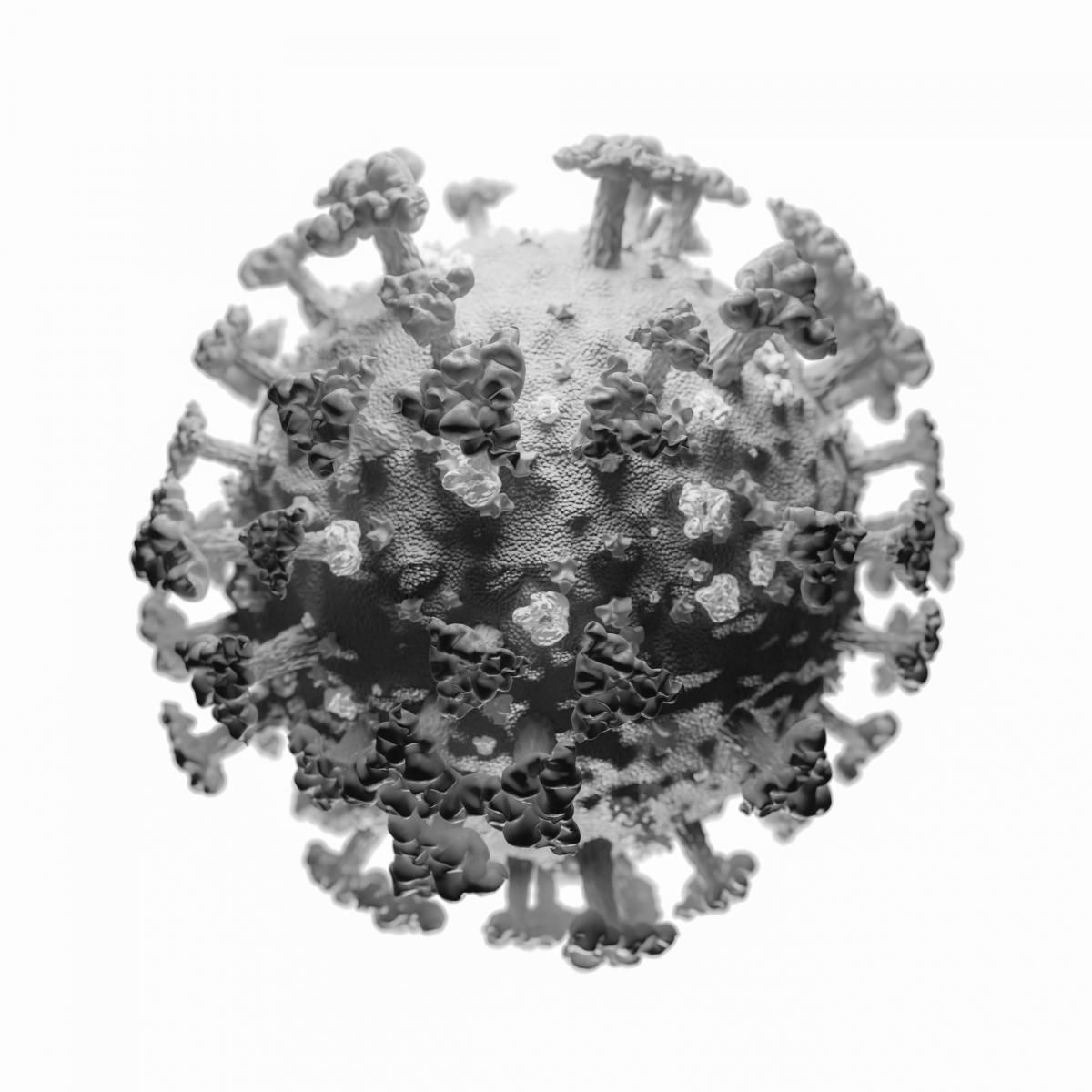Sunlight Inactivates the Airborne Virus that Causes COVID-19
In a controlled environment, investigators found sunlight affected the decay rate of the virus.

Sunlight was found to inactivate severe acute respiratory syndrome coronavirus 2 (SARS-CoV-2), which causes coronavirus 2019 (COVID-19) in a new controlled environment assessment.
The rise of aerosols in the transmission of COVID-19 has been something researchers and the medical community are looking to investigate more closely.
Michael Schuit from the National Biodefense Analysis and Countermeasures Center, led a team of investigators in a study looking at the effect of simulated sunlight, relative humidity, and suspension matrix on the stability of SARS-CoV-2 in aerosols.
Both simulated sunlight and matrix significantly affected the decay rate of the virus, according to the investigators. Their findings were published in The Journal of Infectious Diseases.
“The present study provides the first data on the influence of relative humidity, simulated sunlight, and suspension matrix on the survival of SARS-CoV-2 in aerosols and suggests that sunlight may be an important factor influencing the risk of aerosol transmission of disease,” investigators wrote.
For the purposes of the study, 2 different environmentally-controlled rotating drum aerosol chambers were used to expose SARS-CoV-2 aerosols, and were controlled for levels of temperature, relative humidity, and sunlight.
Concentrated SARS-CoV-2 viral suspensions were diluted in either simulated saliva or culture medium. Virus diluted into simulated saliva had a solids content of 1.31±0.03, a pH of 7.4±0.0, and protein concentration of 3.58±0.07 mg/mL.
Simulated saliva without virus had a solids content of 1.01±0.10%, a pH of 7.3, and protein concentration of 0.68±0.00 mg/mL. Virus diluted into culture medium had a solids content of 1.71±0.03, a pH of 7.4, and protein concentration of 6.77±0.03 mg/mL.
For aerosol decay testing, the target relative humidity levels were 20, 37, 45, 53 and 70%, the mean relative humidity values were 20.1±2.2, 38.0±1.7, 43.6±1.4, 52.8±0.6, and 69.0±2.5, respectively. The mean temperature across all tests was 20.1±0.3 °C.
Decay rates in simulated saliva, under simulated sunlight levels representative of late winter/early fall and summer were 0.121±0.017 min-1 (90% loss: 19 minutes) and 0.379±0.072 min-1 (90% loss: 6 minutes), respectively.
The mean decay rate without simulated sunlight across all relative humidity levels was 0.008±0.011 min-1 (90% loss: 125 minutes).
“These data, in conjunction with studies on the epidemiology of COVID-19, aerosol sampling studies in clinical settings, and studies on the infectious dose of SARS-CoV-2, may be useful to better understand the potential for this virus to spread via the aerosol route,” the investigators concluded.
